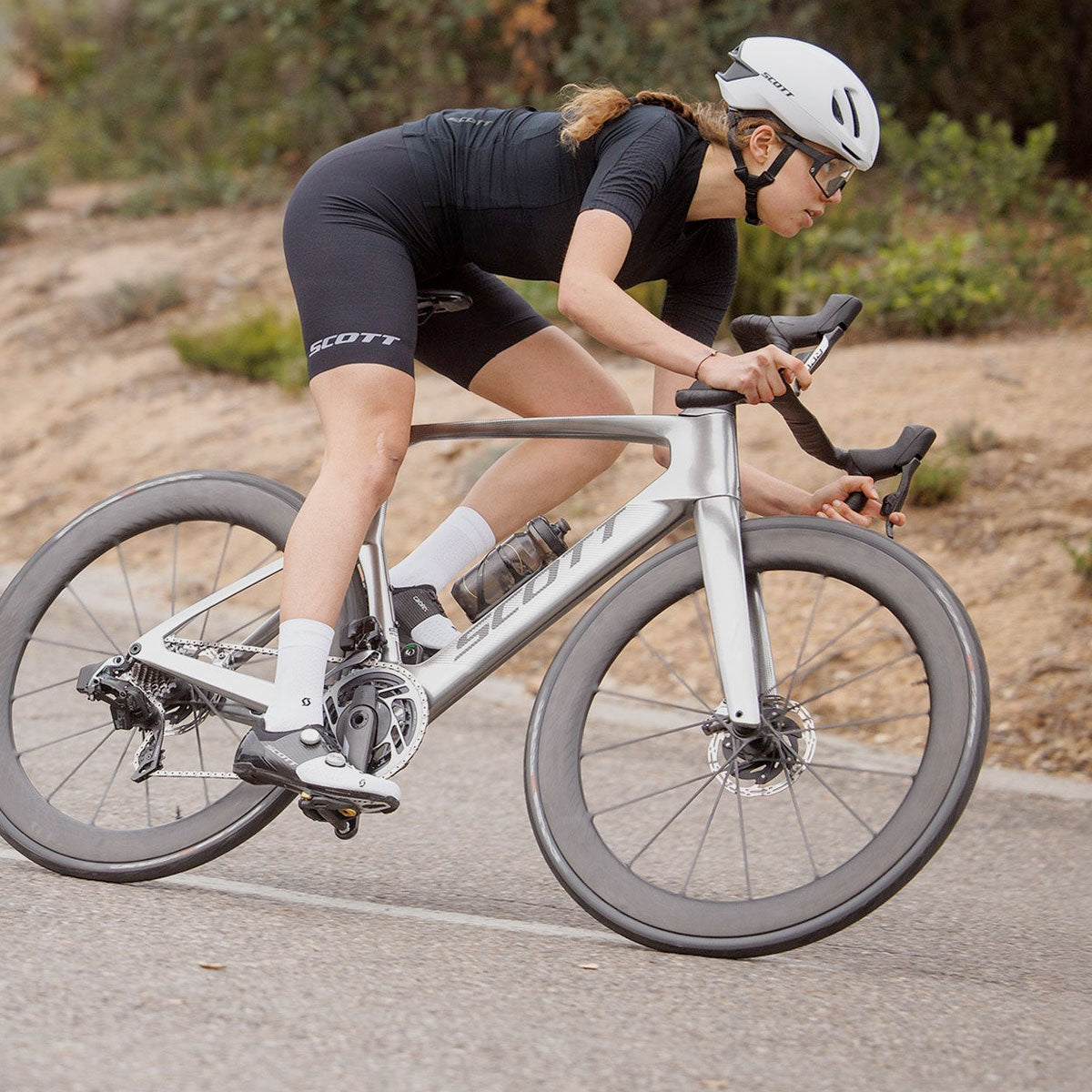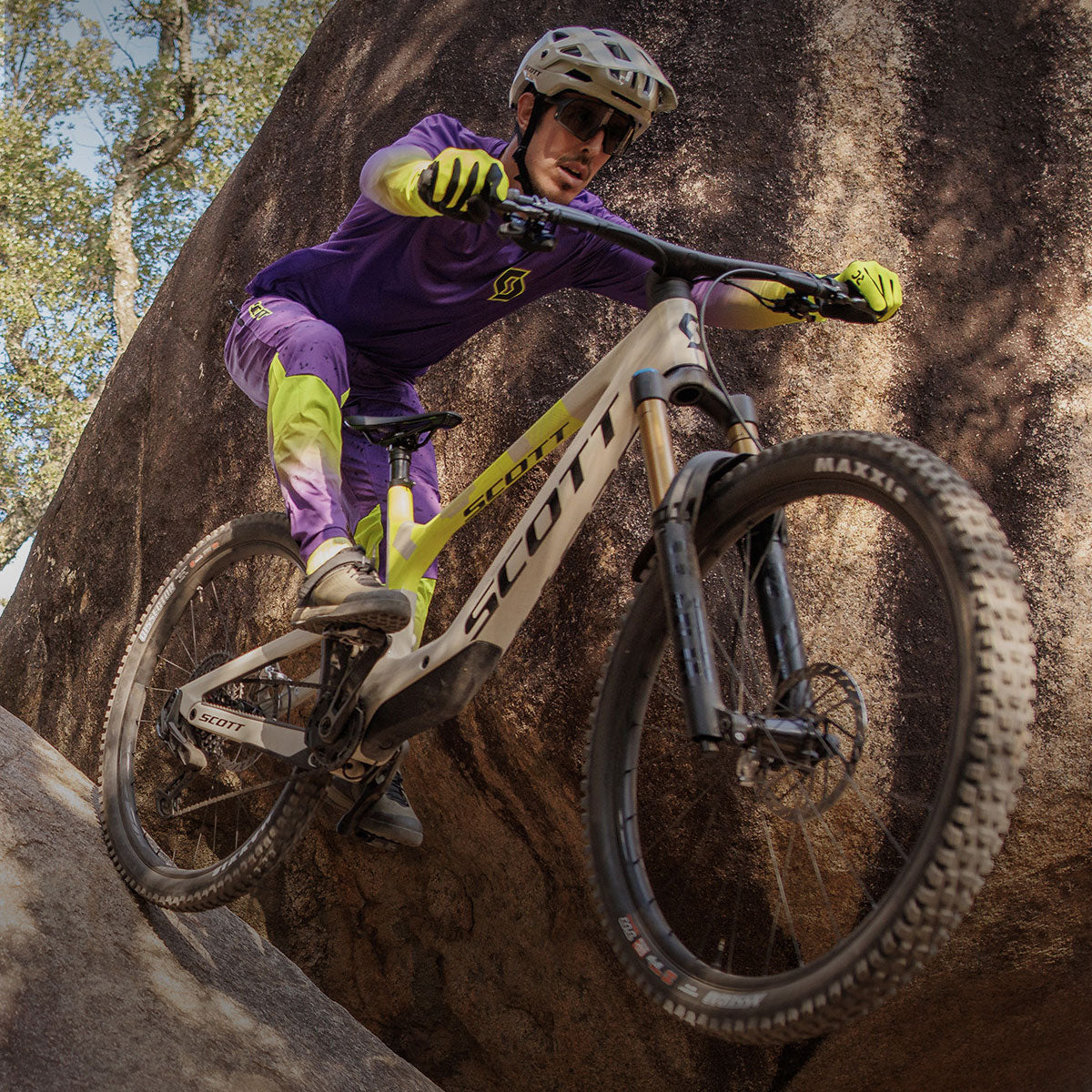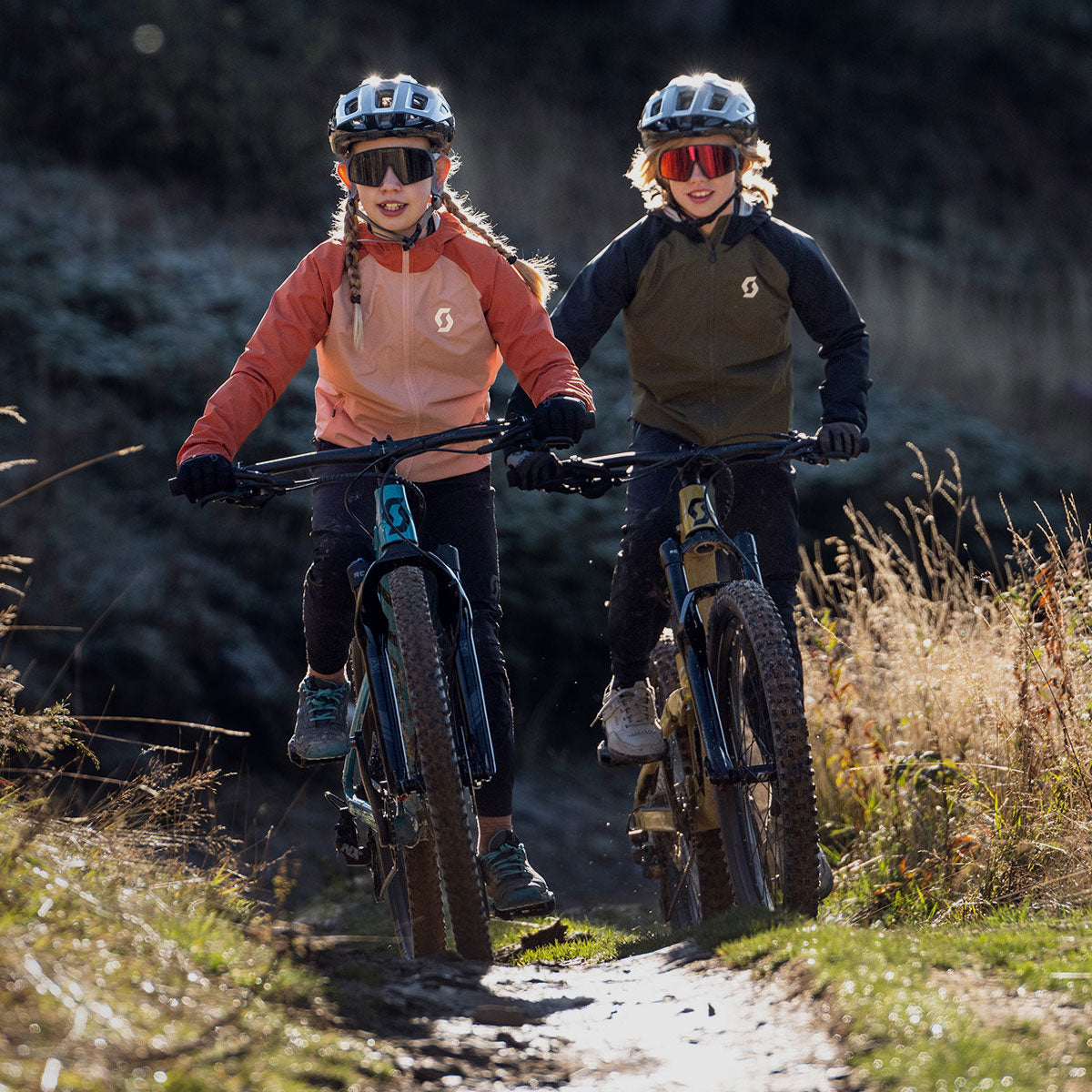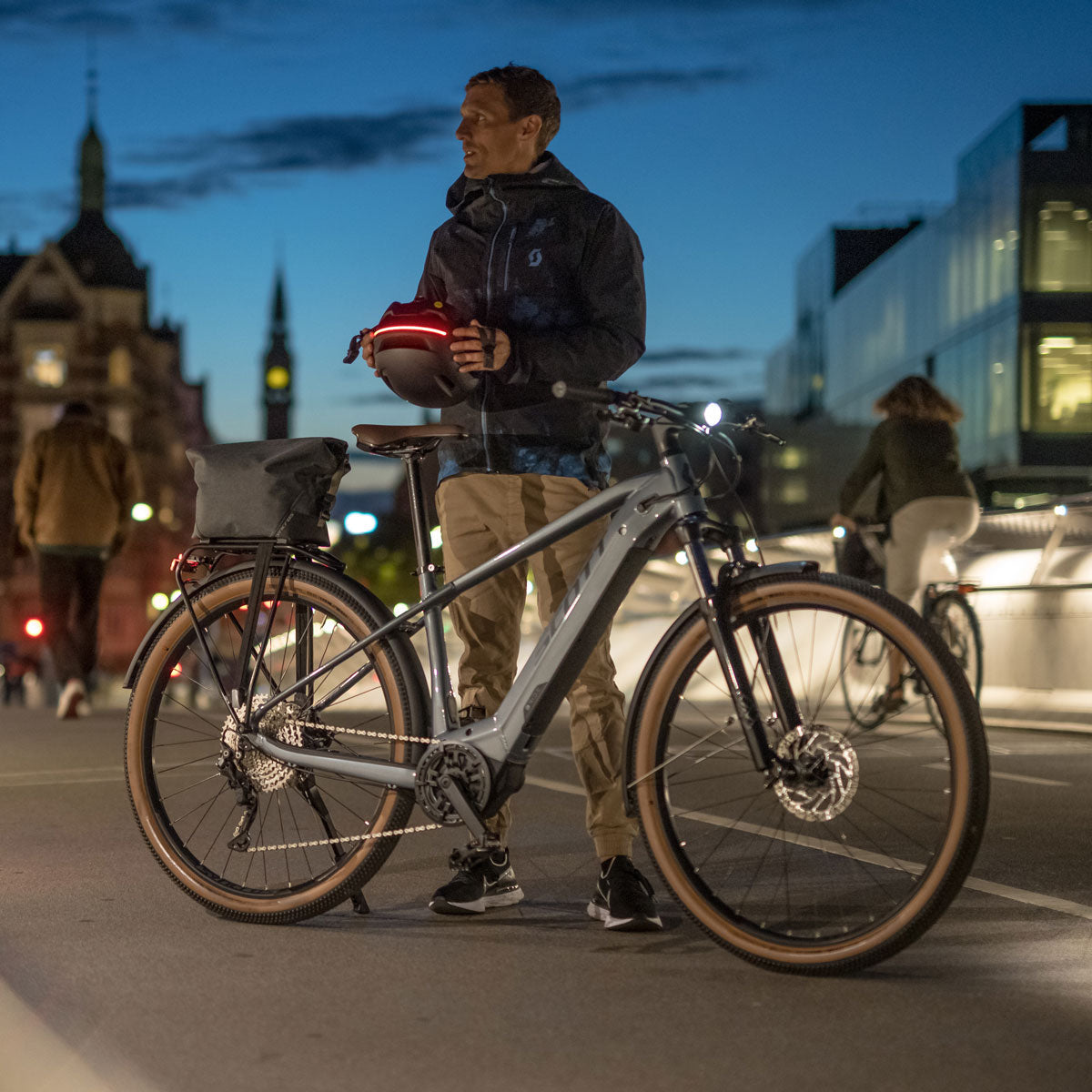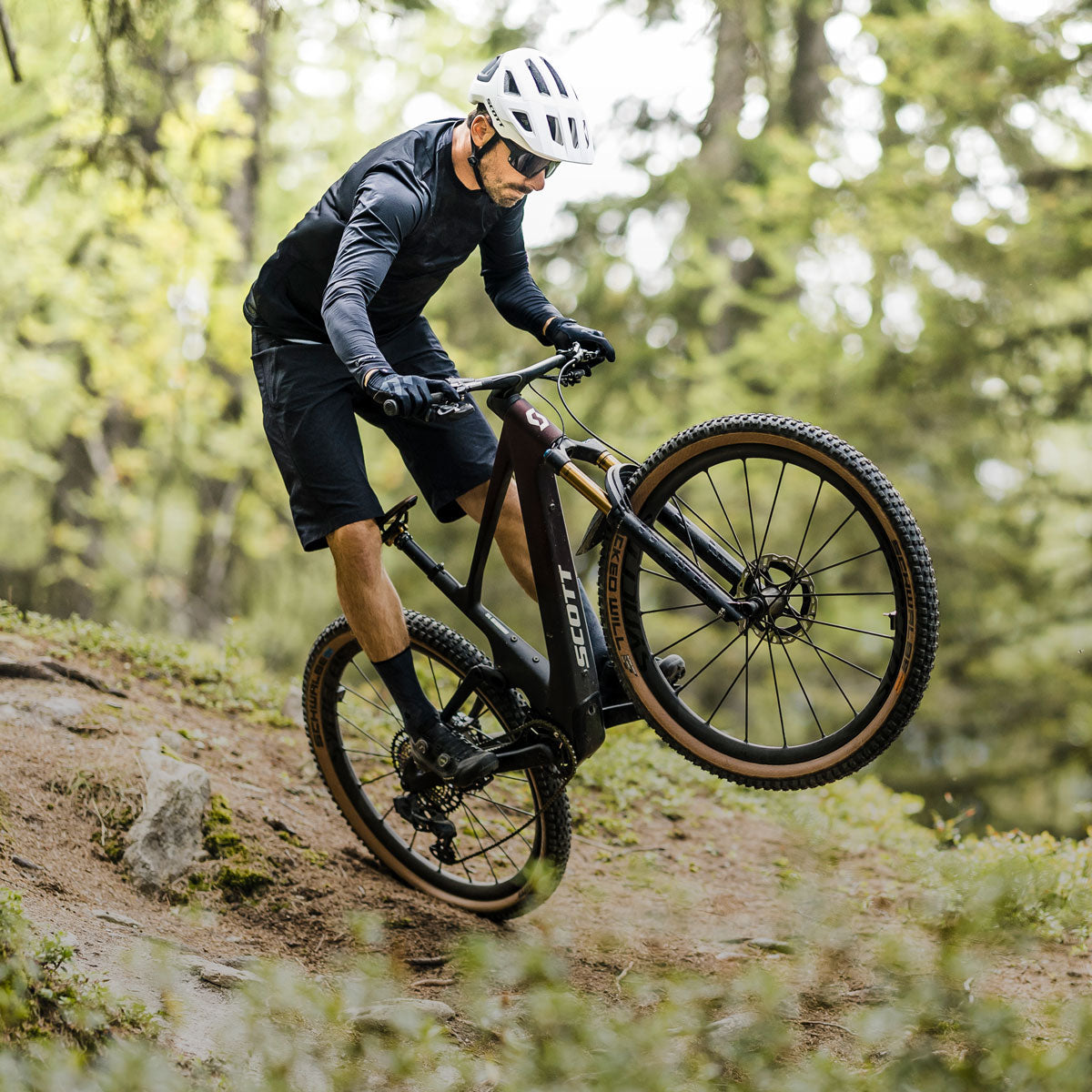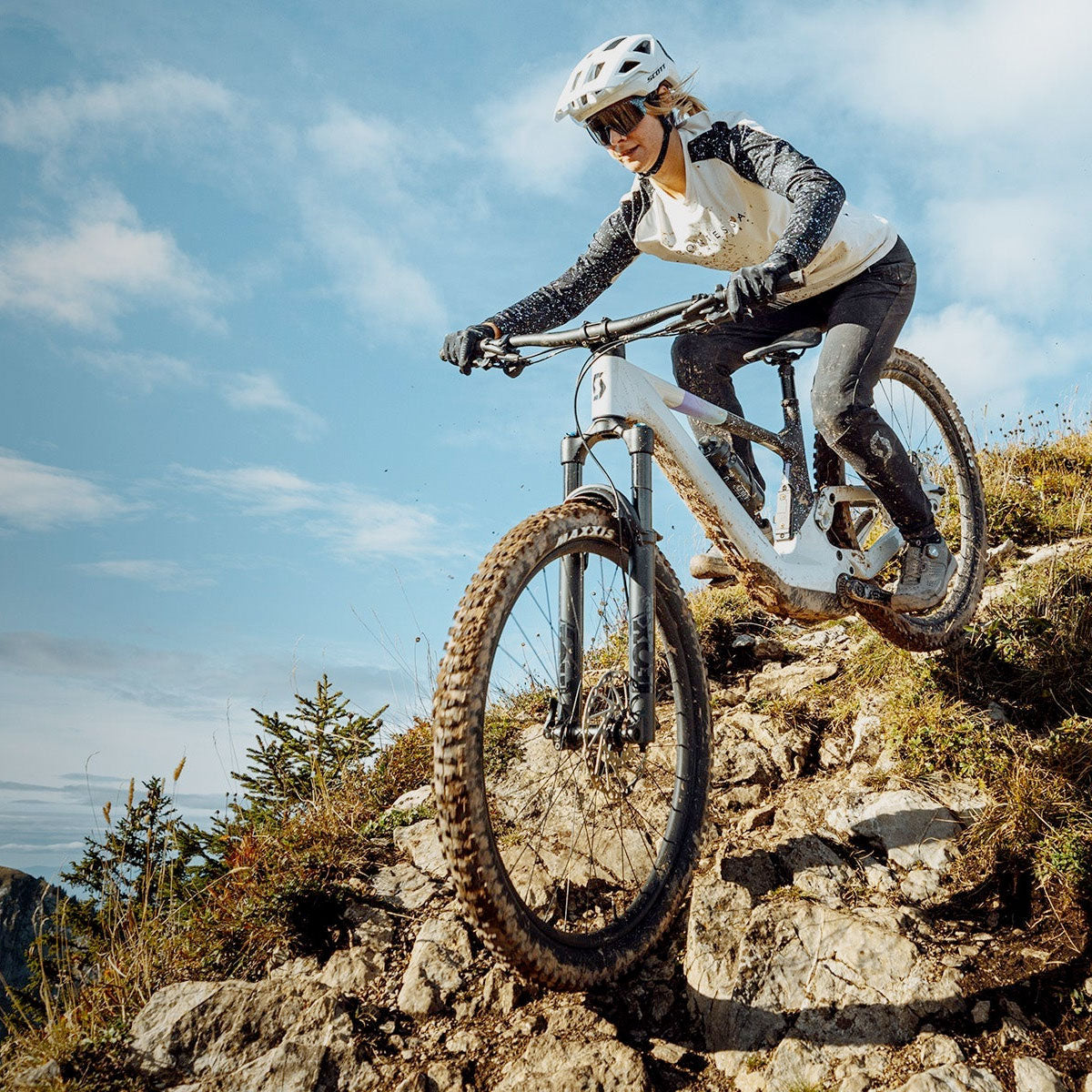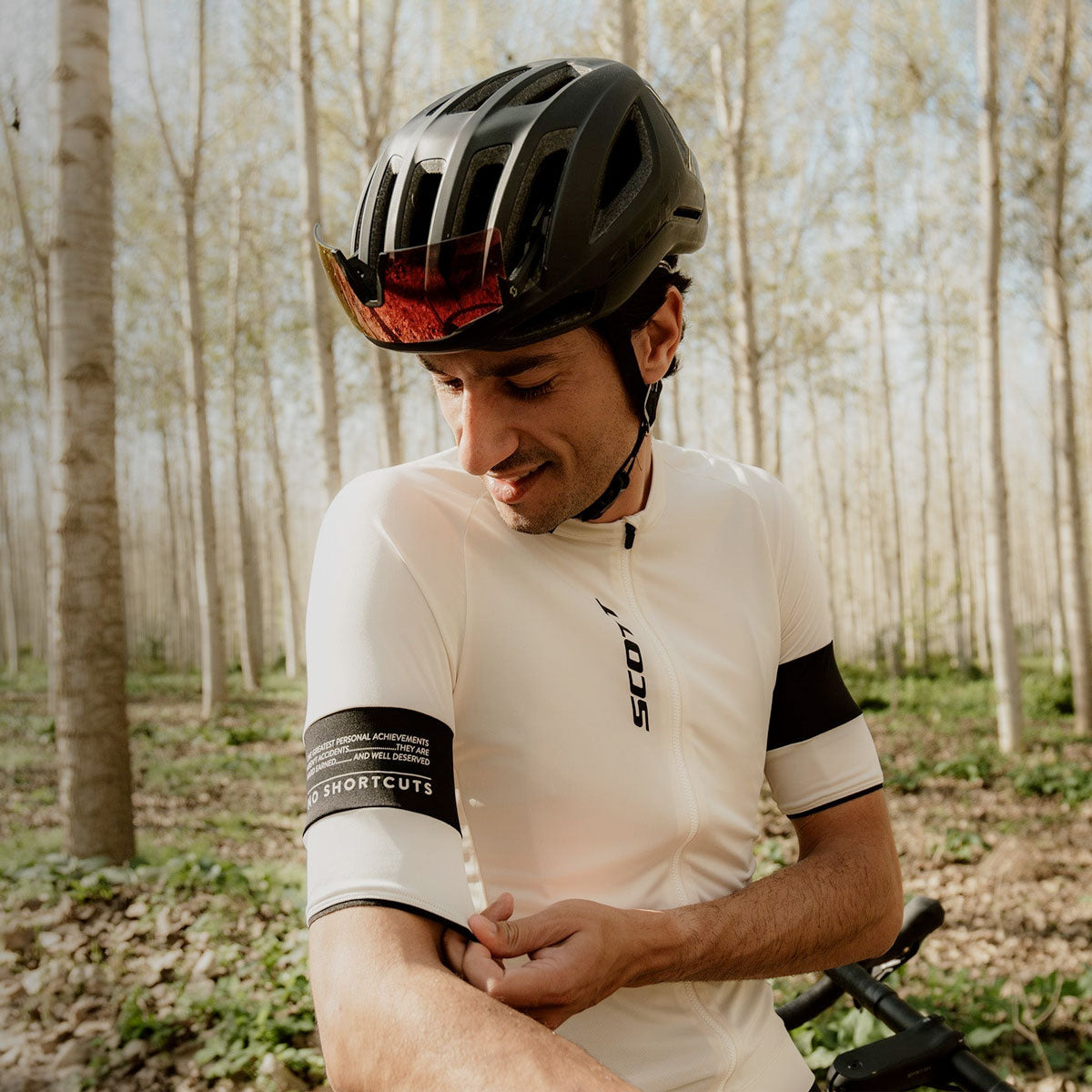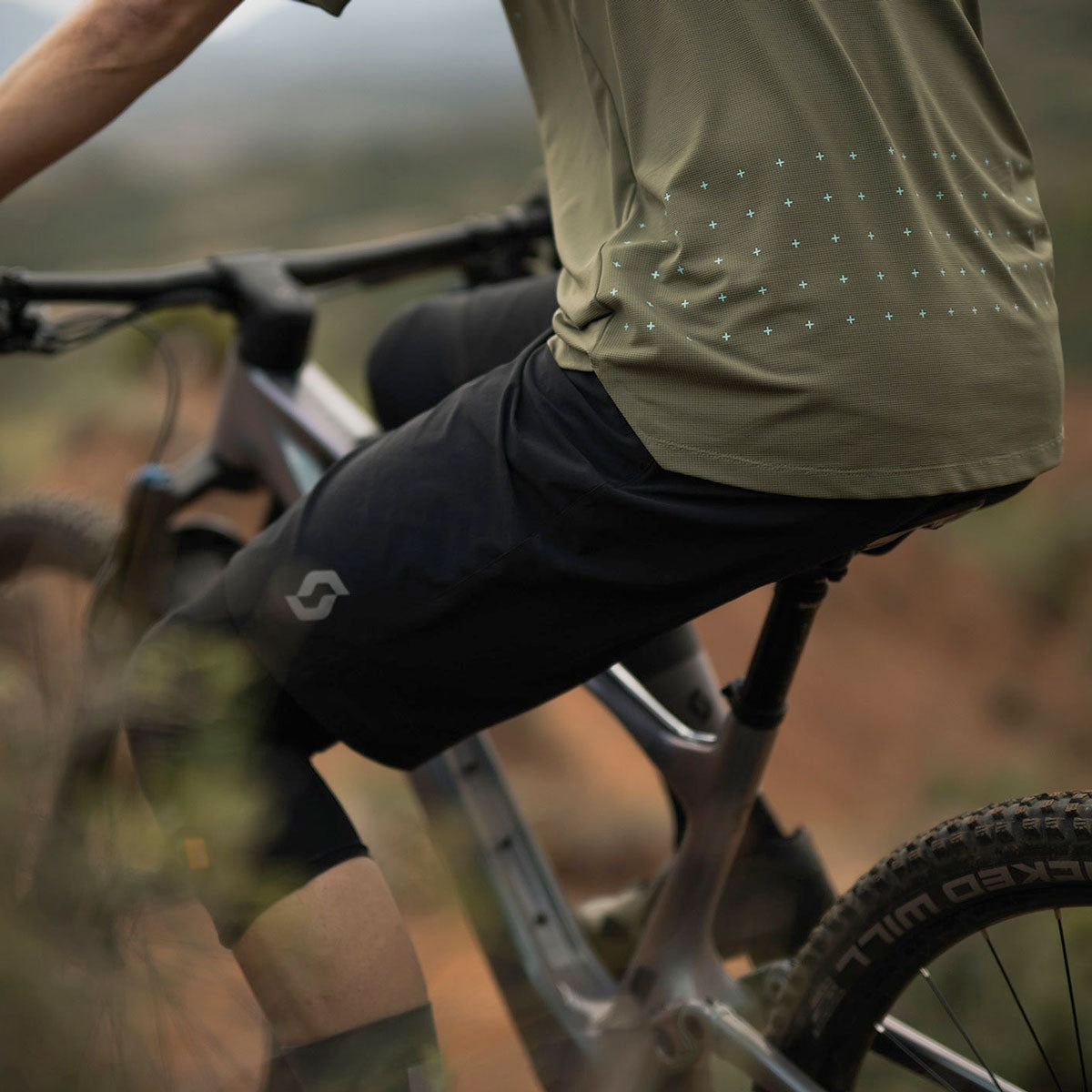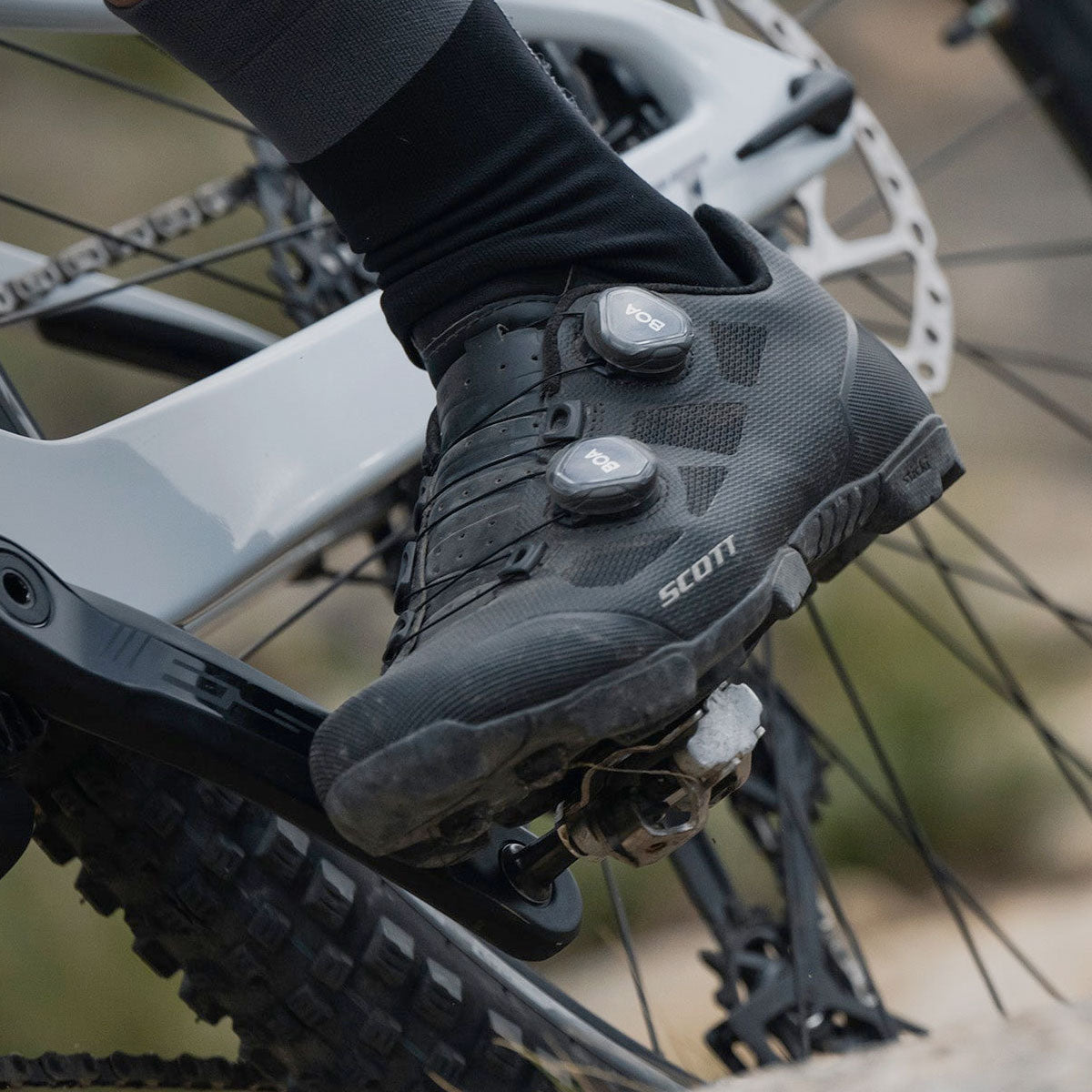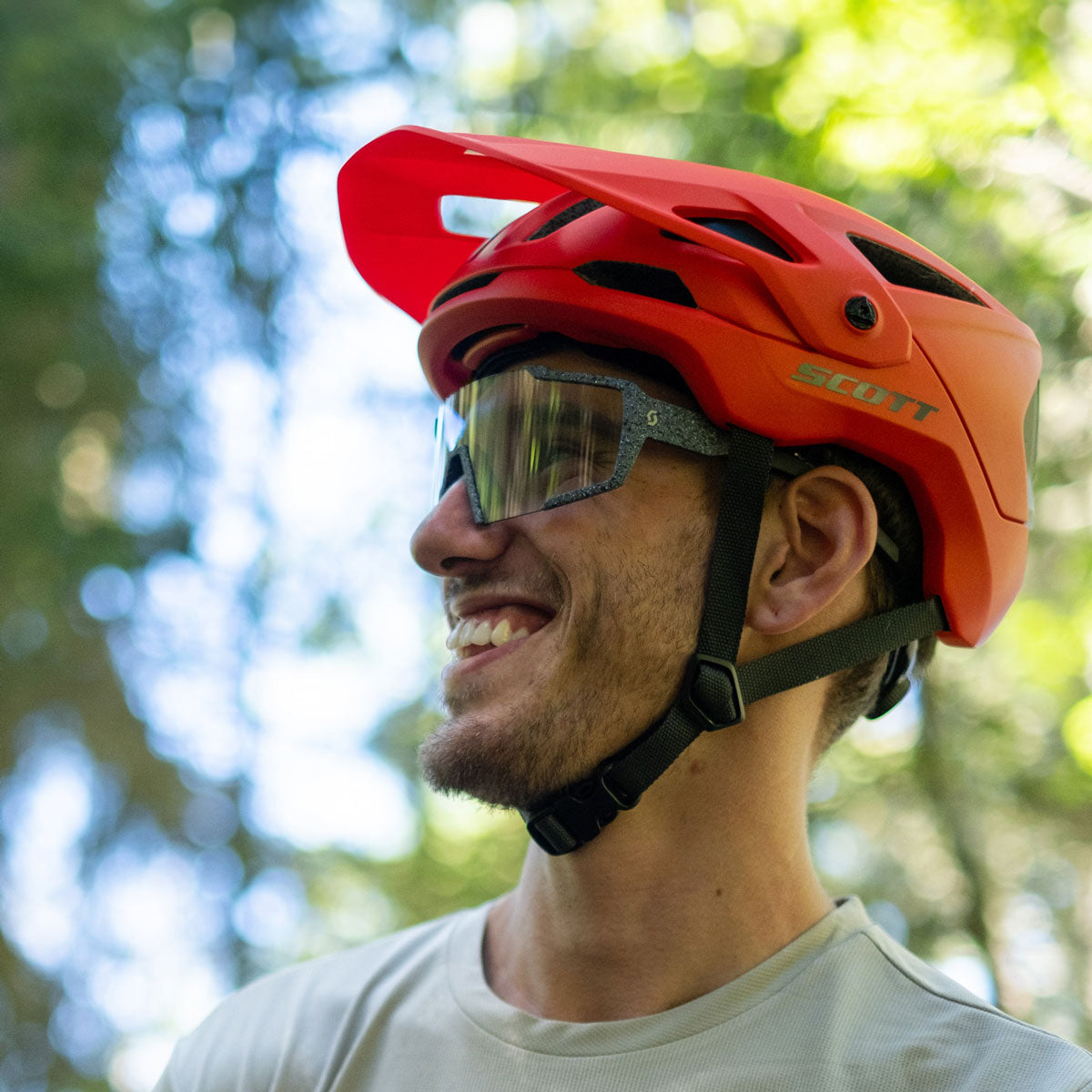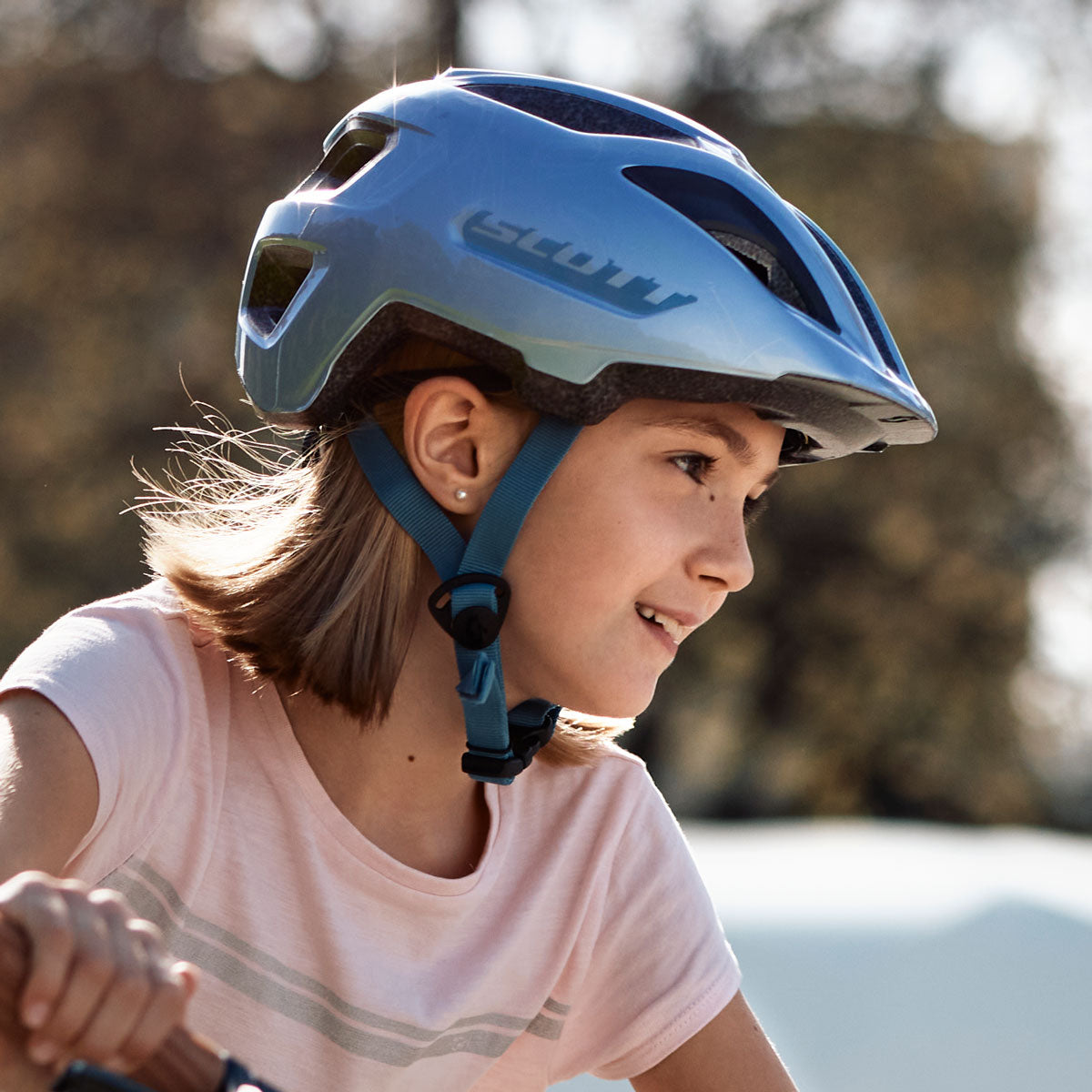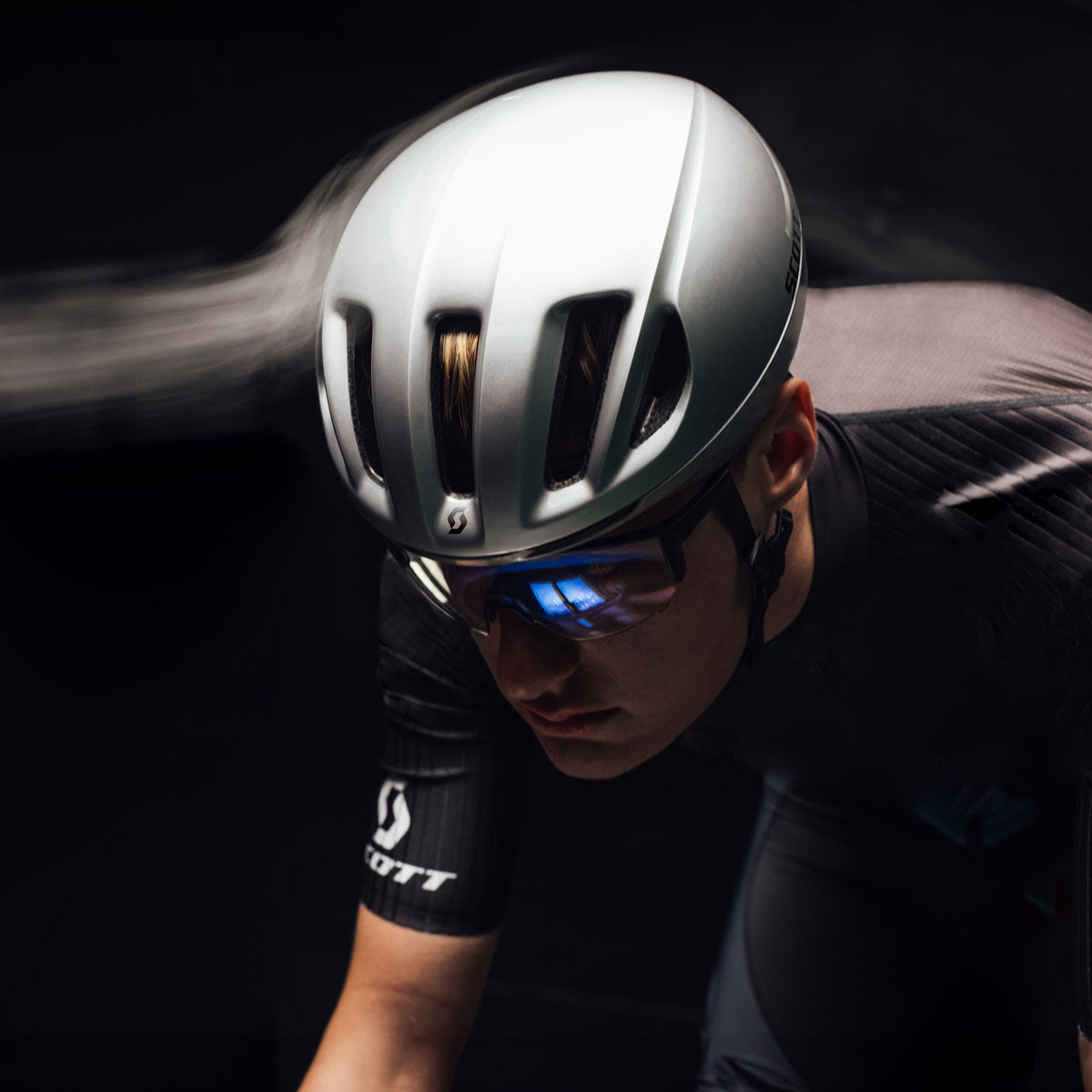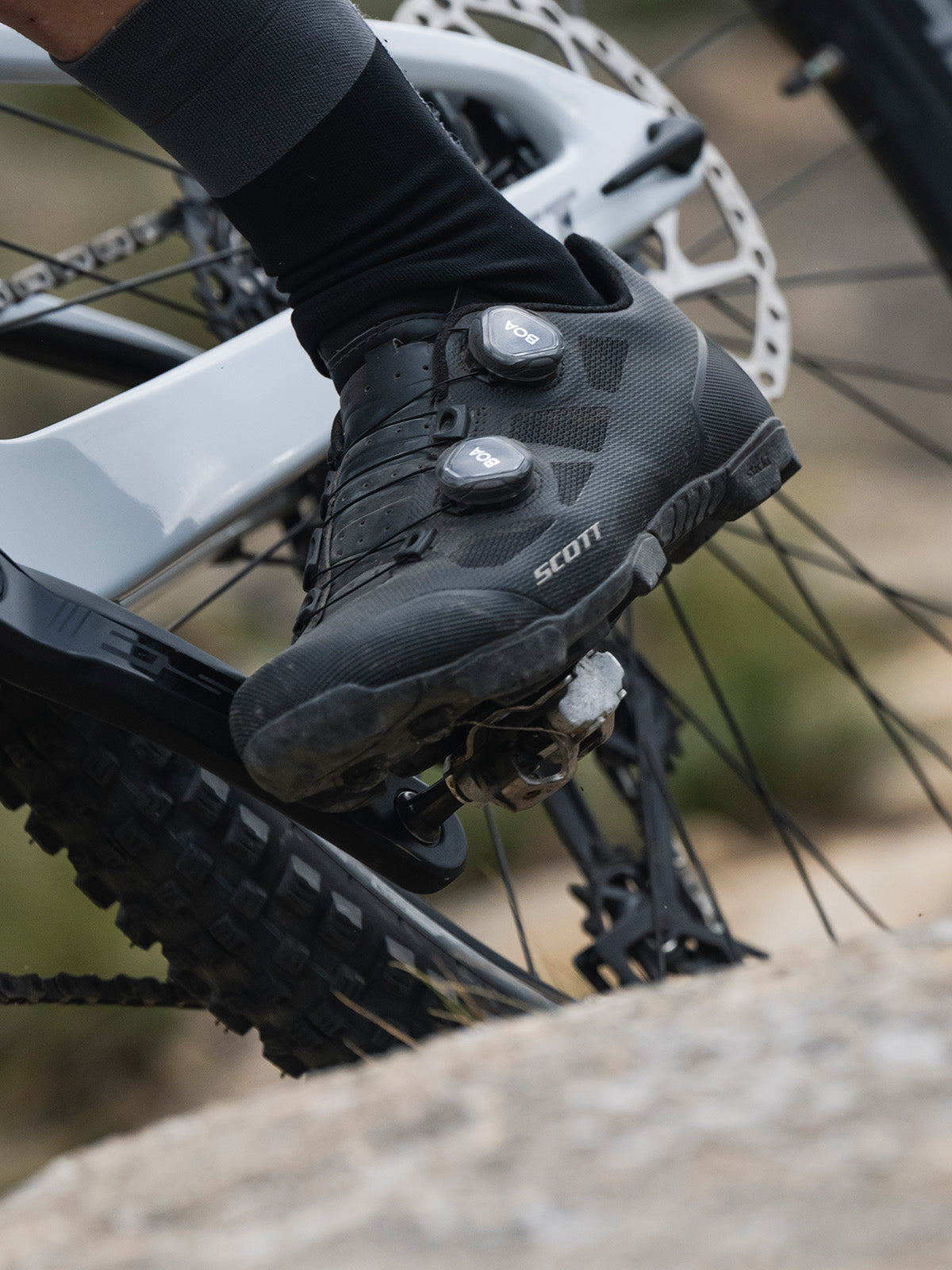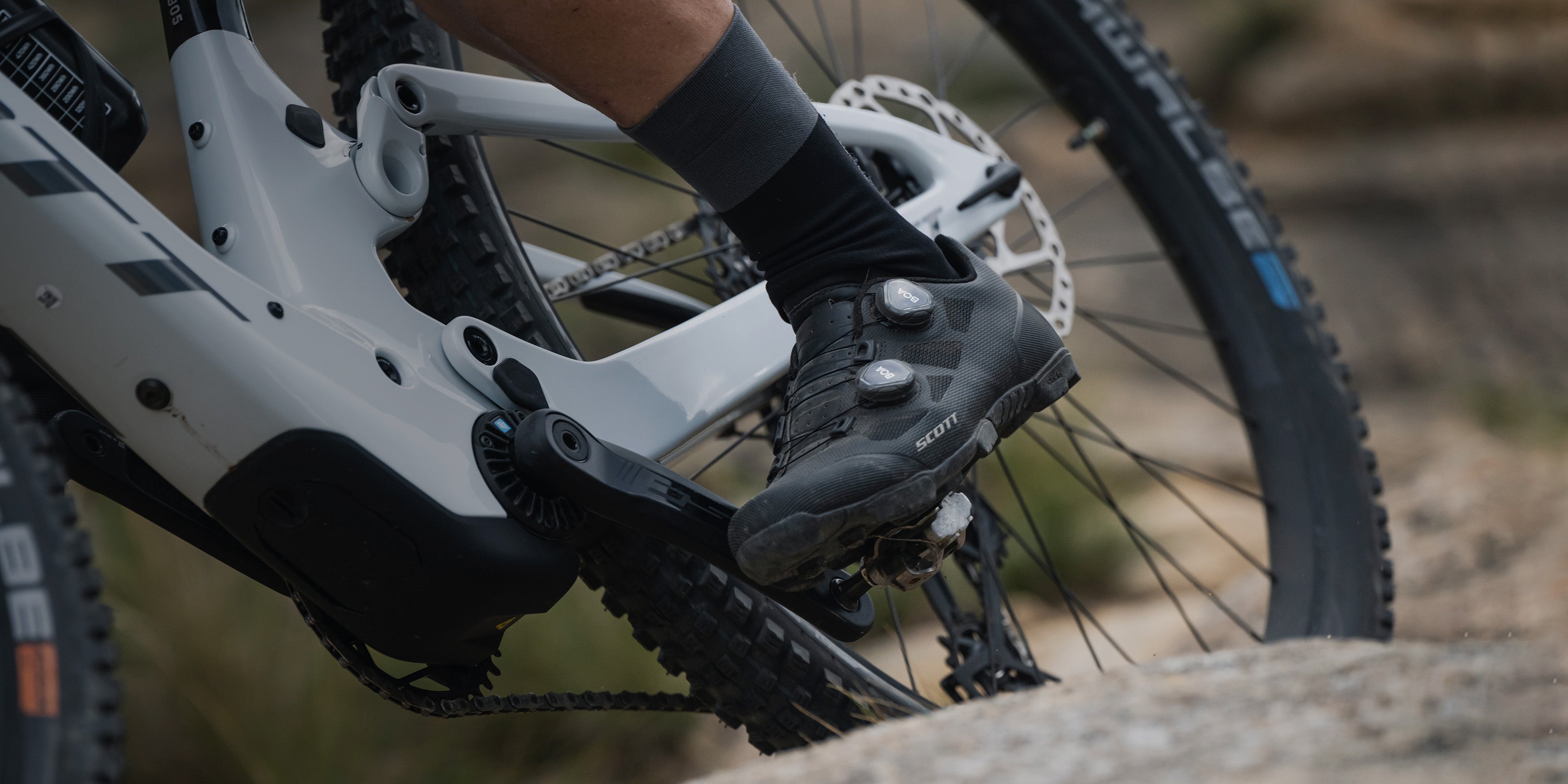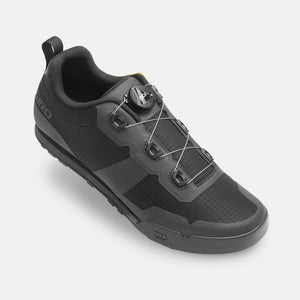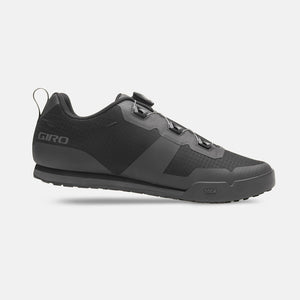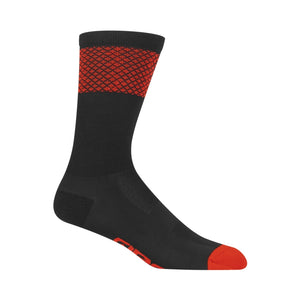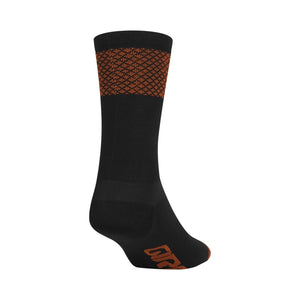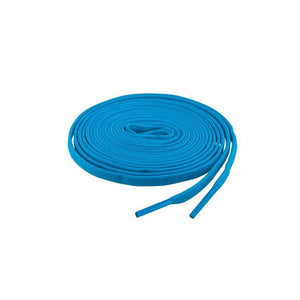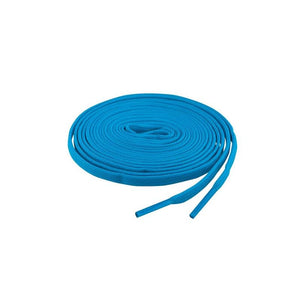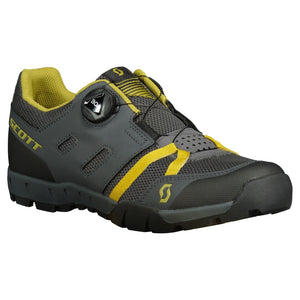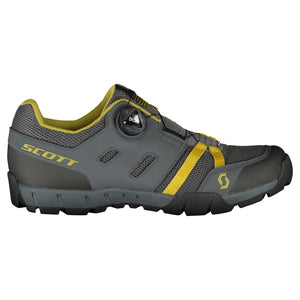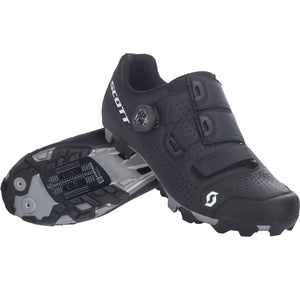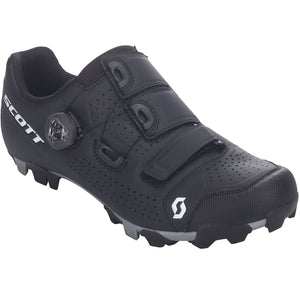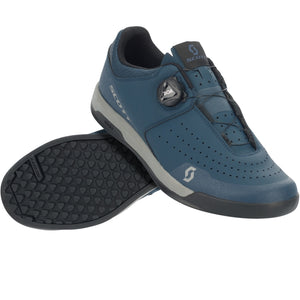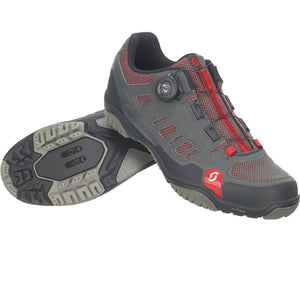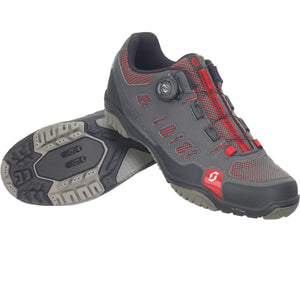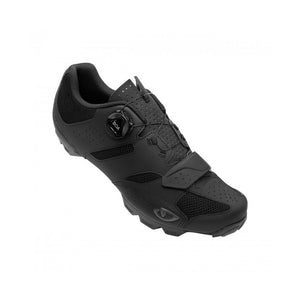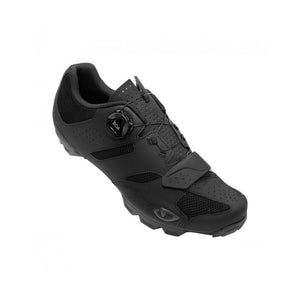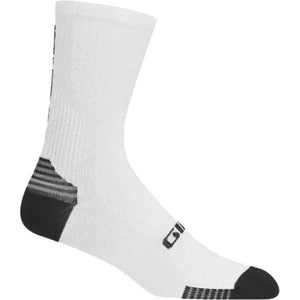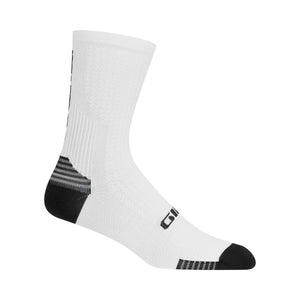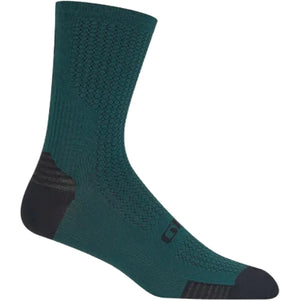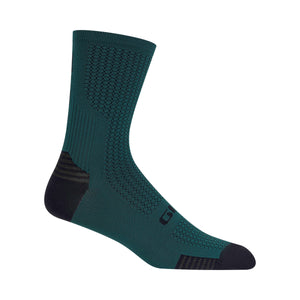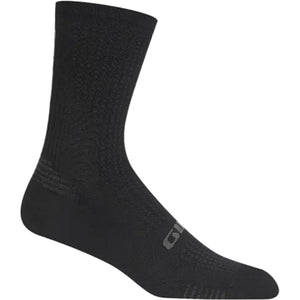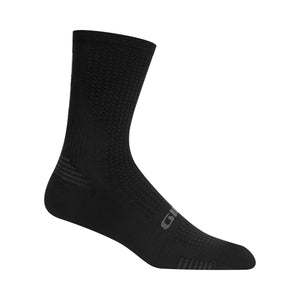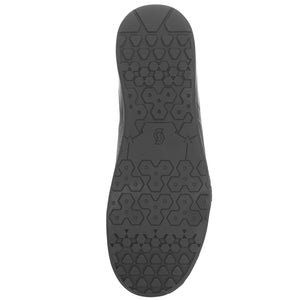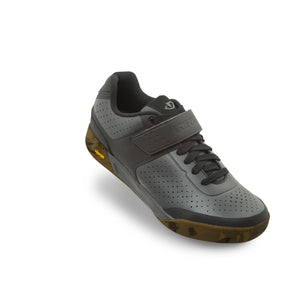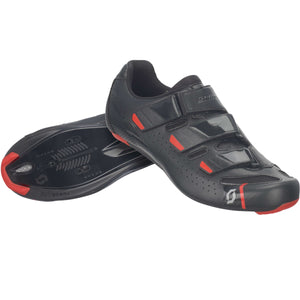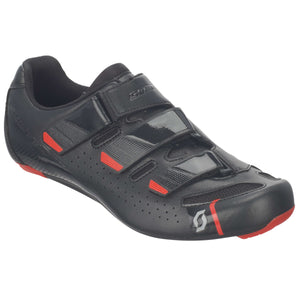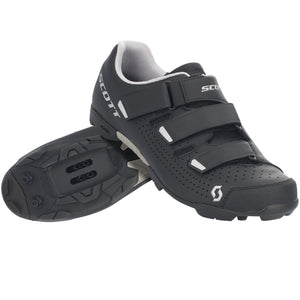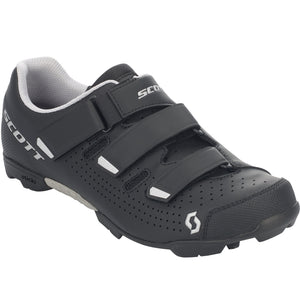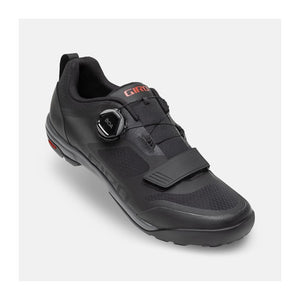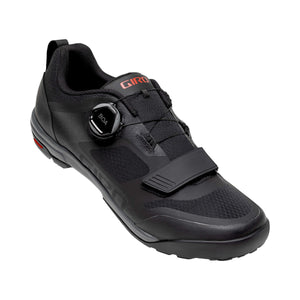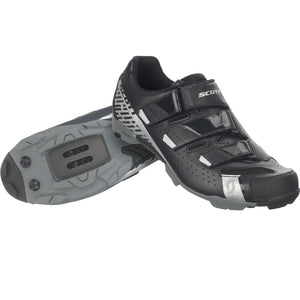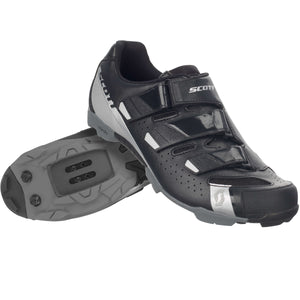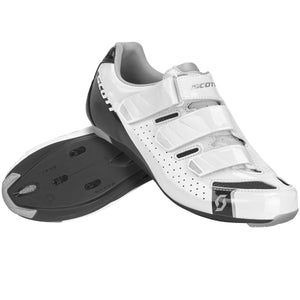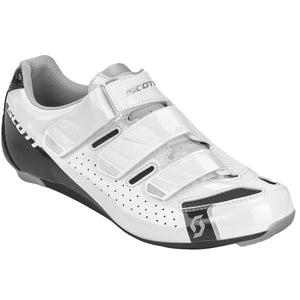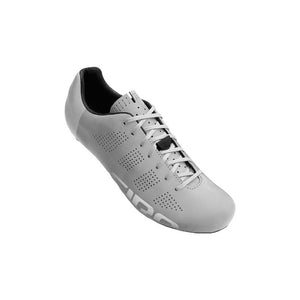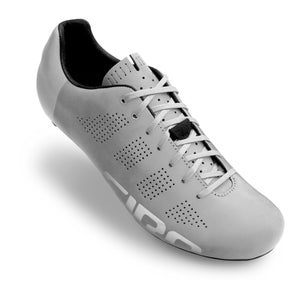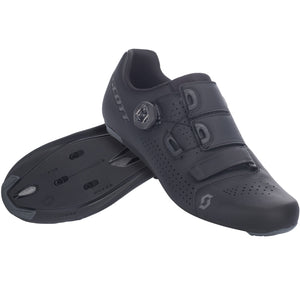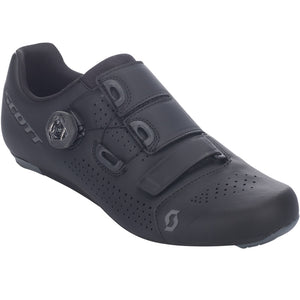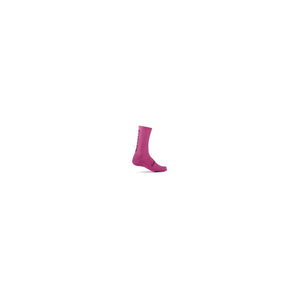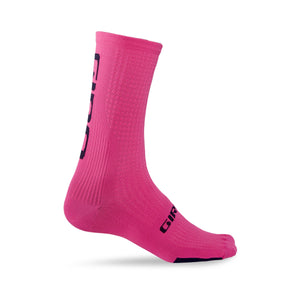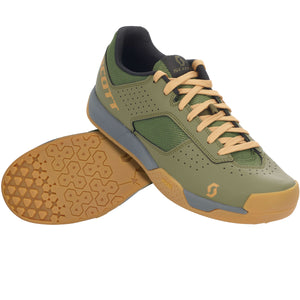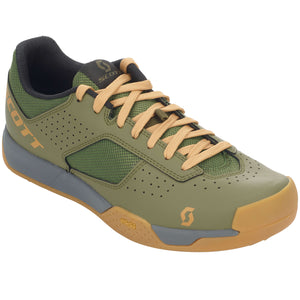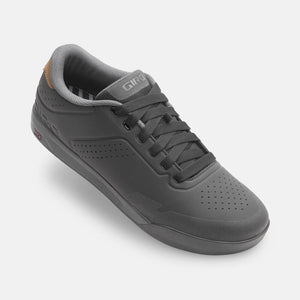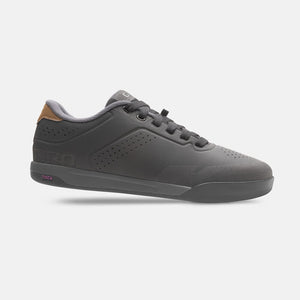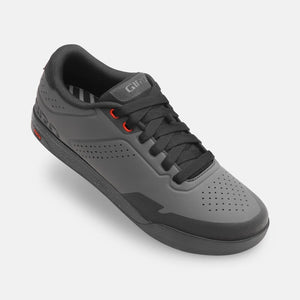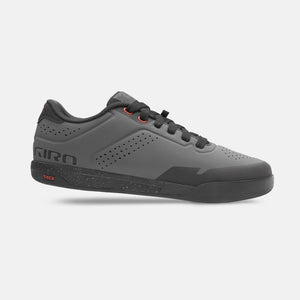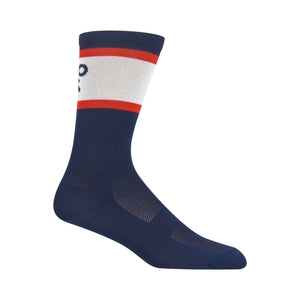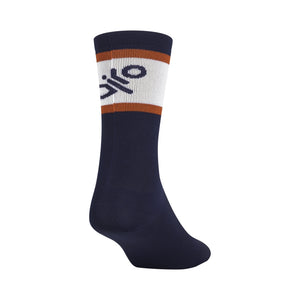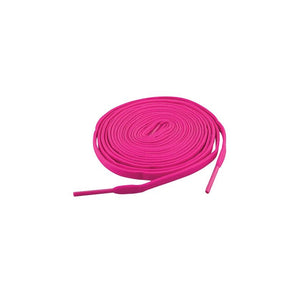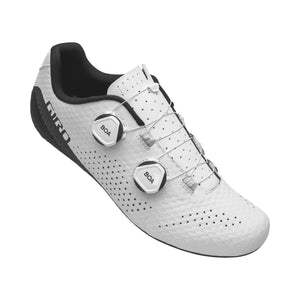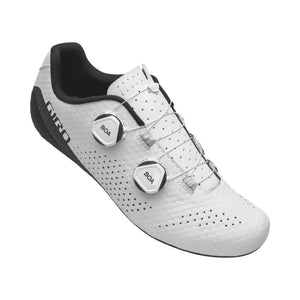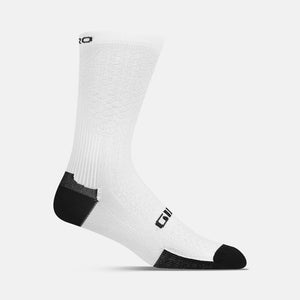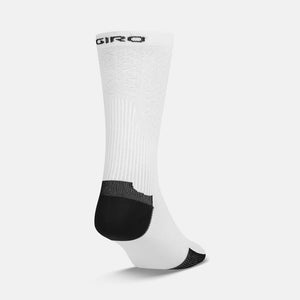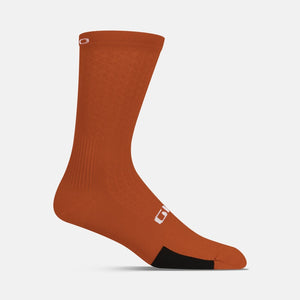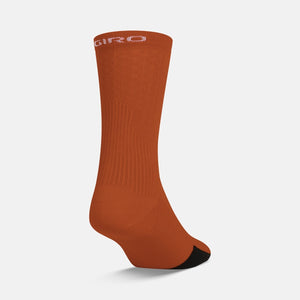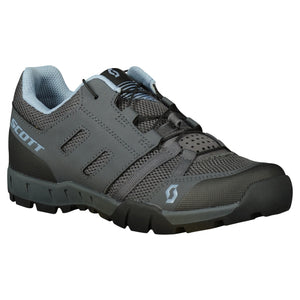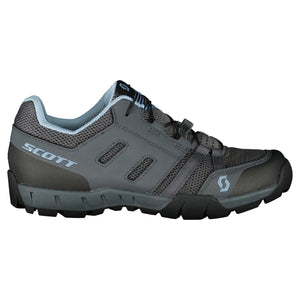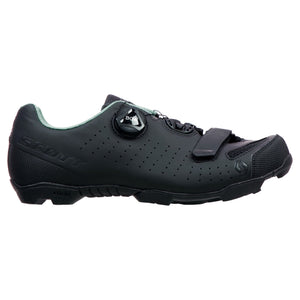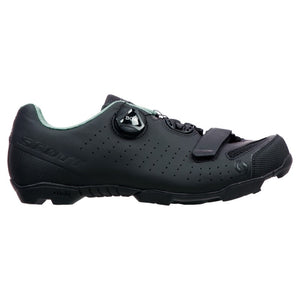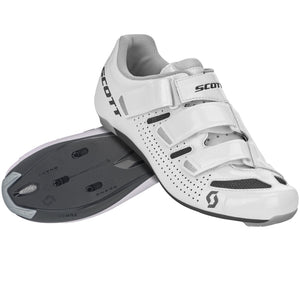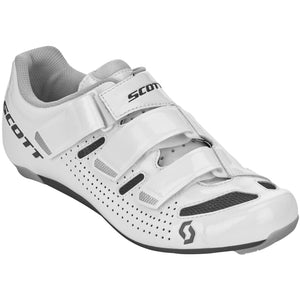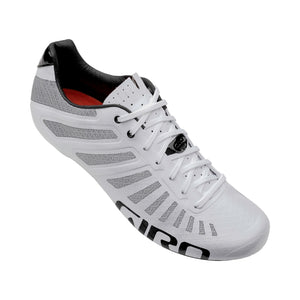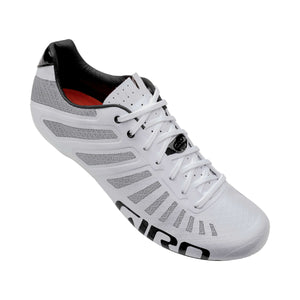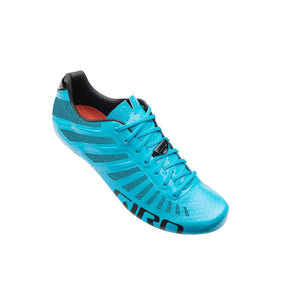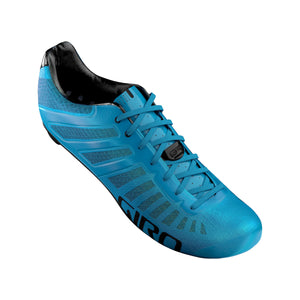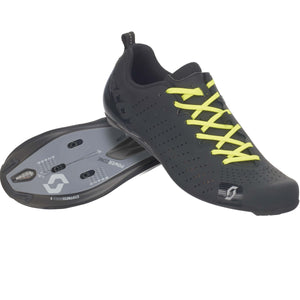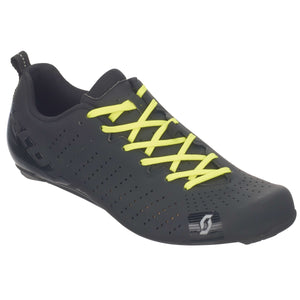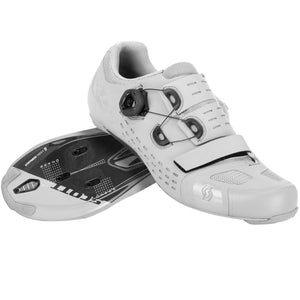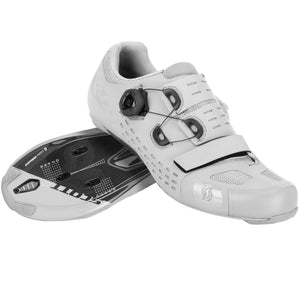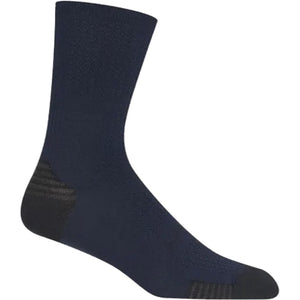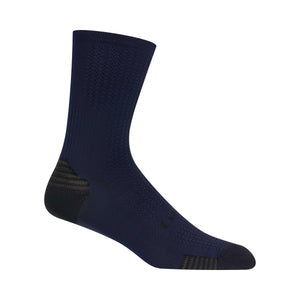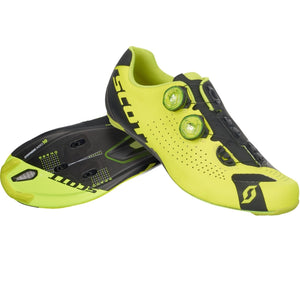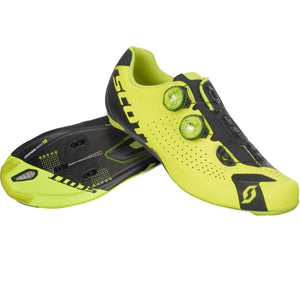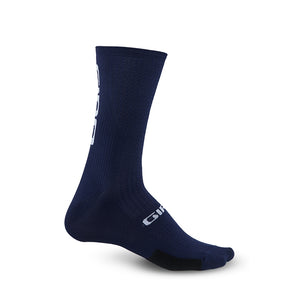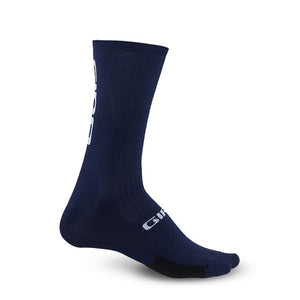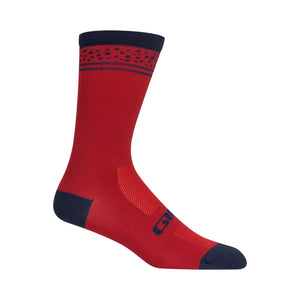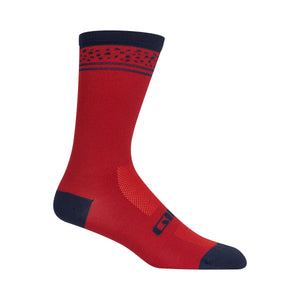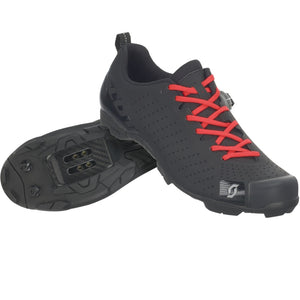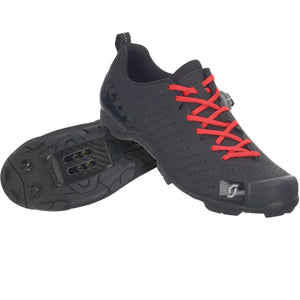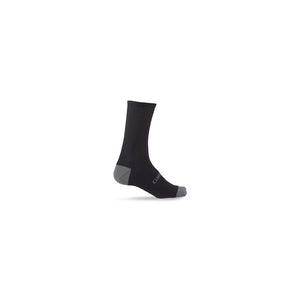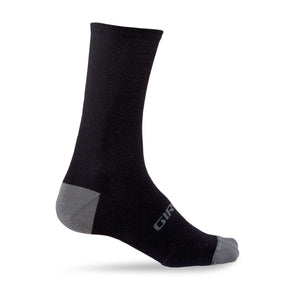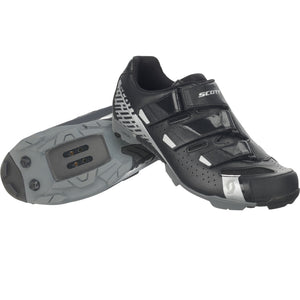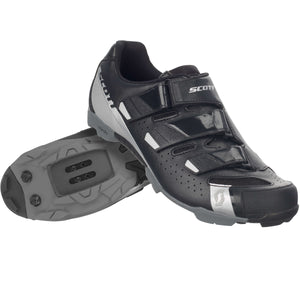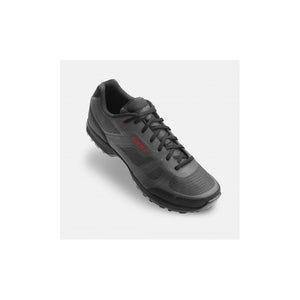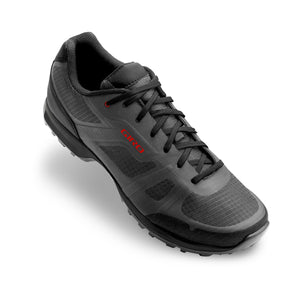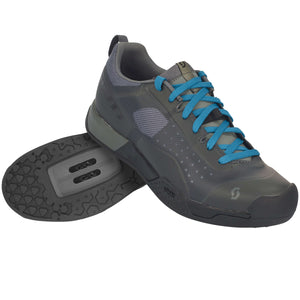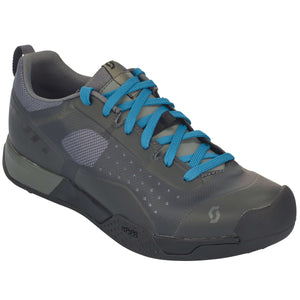FAQ’s
Have a question? We are here to help
Our My Ride team are experts on all things bikes!
Whether that is picking the perfect bike for your riding needs, completing your riding kit with parts and accessories, or ensuring your riding is running smoothly, our team have you covered.
We know you'll have questions, so have a look at our Frequently Asked Questions to help get you started.
test1. What type of cycling shoe should I buy?
Depending on what type of riding you’re doing, there are different types of cycling-specific shoes for the job. Whether you’re commuting to work or shredding some gnarly single track, there is a ride shoe for the job. Road bike shoes are designed for performance. They generally have a stiffer sole, lighter weight and provide maximum pedal/cleat engagement. Mountain bike shoes feature a recessed cleat, a walking platform, and a tough outer sole for better wear and tear. Commuting style shoes are very similar to a mountain bike shoe with a recessed cleat, a bigger walking platform and greater sole flexibility as they’re intended to be walked on more and resemble a traditional leisure shoe.
2. What are the different types of cycling cleats?
So you’re ready to move on from flat pedals to a clip-in pedal system. A clip-in system creates a direct and consistent connection between your foot and the pedal resulting in drastically improved pedalling efficiency. The two main clip-in or cleat systems can be split up into two categories; road and mountain bike. The mountain bike SPD system is a two-bolt cleat that is made from metal and is perfect for mountain bikers and all-terrain riding. They’re easier to clip into than traditional road pedals and are a lot more durable. These cleats won’t mind getting scrapped on some rocks, or a chuck of mud getting stuck in the pedal body. As well as being tough, they are easier to walk in because they’re-recessed cleats, which sit deep inside the shoe. The road SPD-SL systems cleat is made of a three-bolt plastic construction and wider platform allowing for more stable and efficient power transfer. Which is preferred by road and track cyclist. This system also offers an adjustable degree of float depending on which cleat you purchase 0 (red cleat), 2 (blue cleat), and 6 (yellow cleat) degree of side-to-side movement. As these cleats stick out of the bottom of your shoe and not recessed, one thing to consider is that they can be slippery and difficult to walk in.
3. Can I walk in cycling shoes?
Cycling shoes are designed for riding, but some types, such as mountain biking shoes, may have a more flexible sole for walking. However, it is best to avoid walking in cycling shoes as much as possible to prevent wear and damage.
4. How should I choose the right size cycling shoe?
When choosing a cycling shoe, it is important to consider the fit, comfort, and support. It is best to try on shoes and walk around in them to ensure a proper fit. Consider the type of riding you will be doing and any specific foot conditions when making your decision. They Should fit snugly, but not too tight, to prevent your foot from sliding around inside the shoe while riding. Your toes should have a little room to wiggle, but not enough to touch the end of the shoe. Make sure to try on shoes after a ride or after your feet have swollen to get the most accurate fit.
5. How do I care for my cycling shoes?
Caring for your cycling shoes will help prolong their lifespan and maintain their performance. Clean the shoes regularly and allow them to dry completely before storing. Store the shoes in a cool, dry place and avoid exposing them to extreme temperatures or moisture.
6. Can I use road cycling shoes for mountain biking?
While road cycling shoes can be used for mountain biking, it is best to use mountain biking shoes for off-road riding. Mountain biking shoes have a more durable sole with better traction for walking on rough terrain and a more secure fit to prevent the foot from slipping off the pedal.
7. What is the difference between a BOA and Velcro closure system for cycling shoes?
BOA and Velcro are two common closure systems for cycling shoes. BOA uses a dial and cable system to tighten the shoe, while Velcro uses straps that can be adjusted with one hand. The choice between BOA and Velcro will depend on personal preference and the type of riding you will be doing.
8. Do you really need cycling shoes?
Cycling shoes provide riders the option of using clip in pedals. Clip in pedals match to the cleat on the bottom of your cycling shoe, offering improved pedalling efficiency. Although you don't need cycling shoes to get out for a ride and have fun, they can make pedalling up hills and riding longer distances much easier.
9. What are the benefits of cycling overshoes?
The main benefits of cycling overshoes are protection and visibility. Designed to keep your feet warm and dry in cold and wet conditions, whilst keeping your feet protected from the elements. Some overshoes are designed with reflective elements, which increase your visibility to other road users and improve safety during low-light rides.
